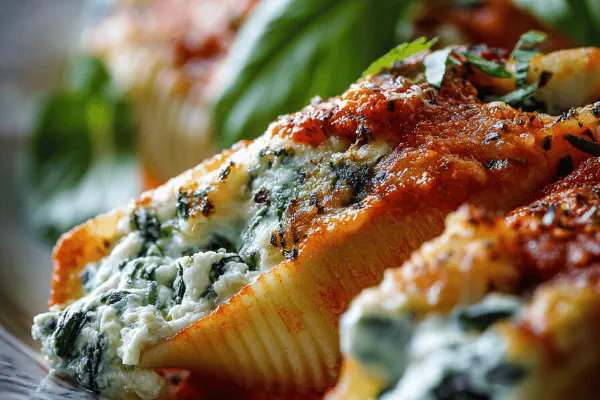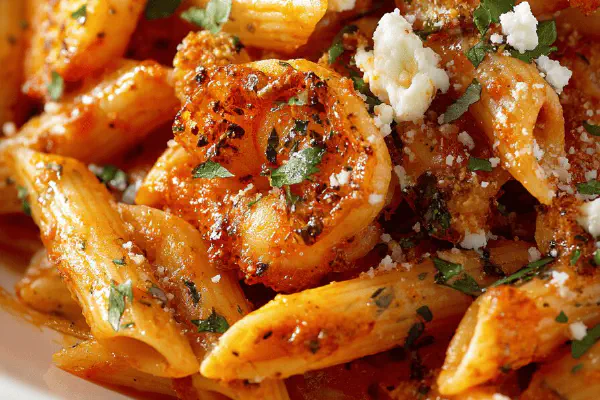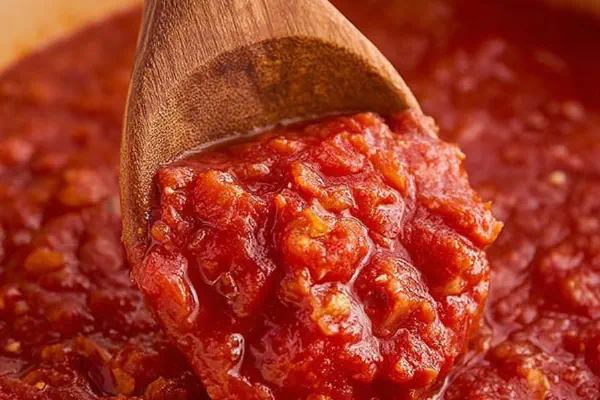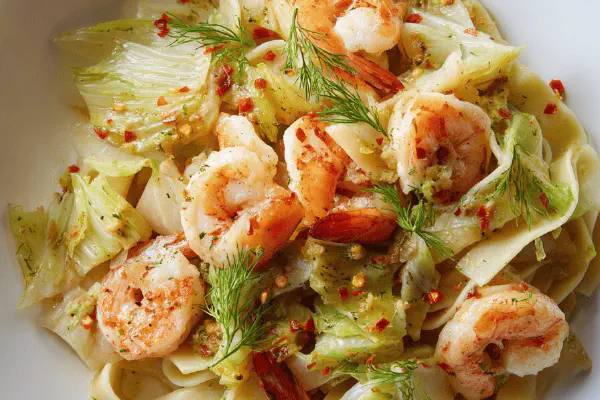Featured Recipe
Tomato White Bean Pasta Twist
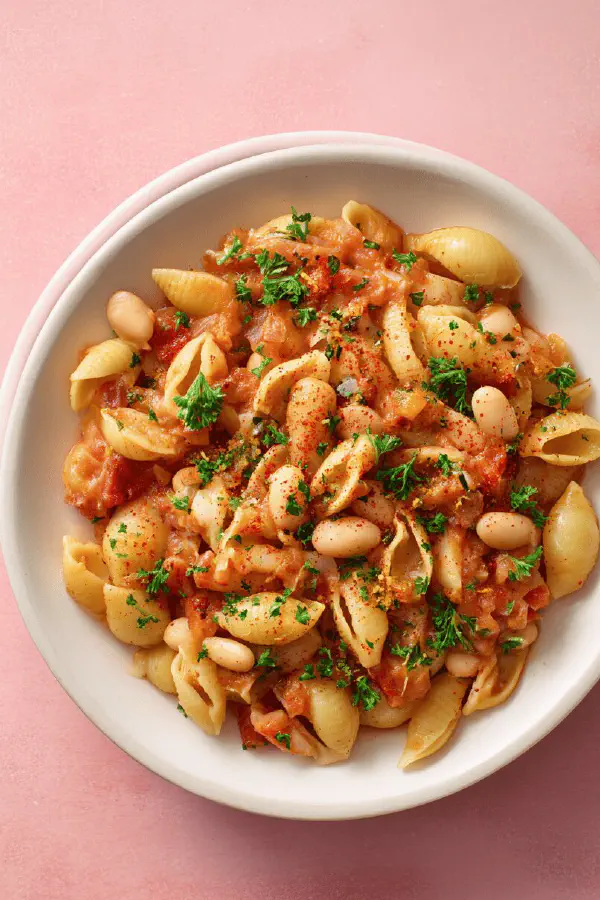
By Kate
"
Short pasta tossed in a chunky sauce with white beans and melted creamy cheese. Onion and garlic sautéed in olive oil with red pepper flakes, then combined with crushed canned tomatoes and fresh herbs. Beans added late to keep shape but warm through. Cheese folded in off heat to melt gently. Parsley in place of chives. A hint of smoked paprika replaces the piment broyé for a subtle smoky kick. Salt and pepper adjusted at stages. A little lemon zest brightens at the end.
"
Prep:
15 min
Cook:
16 min
Total:
31 min
Serves:
4 servings
pasta
vegetarian
easy dinner
Italian
Introduction
You want pasta that feels rustic but finishes with a fresh pop. Skip the usual chili flakes for smoked paprika to layer flavor without heat overtaking. Crunchy garlic aroma swells in olive oil before liquid hits. The beans add heft without heaviness. Pasta texture is everything here—overcooked farfalle becomes mush; underdone, a rude bite. Timing is crucial; cook pasta while sauce thickens but don’t rush. Cheese choice shifts everything—mozzarella brings softness and richness that melts gorgeously yet isn’t overpowering like provolone. A twist of lemon invigorates deep tomato and smoky spice. Parsley cuts the richness last second. A confident, practical weeknight meal that shows you know your fundamentals.
Ingredients
About the ingredients
Onion size varies; use a small one or a medium if you prefer stronger sweetness. Instead of smoked paprika, you can substitute dried oregano or a pinch of mild chili if you want subtle heat without smoke. Cannellini beans swap well with navy or great northern beans, just rinse thoroughly to remove canning liquid flavor. Fresh mozzarella is soft and fresh, melt-ready—if unavailable, young provolone or fontina can be used but slice thinner and add slowly for even melting. Lemon zest is non-negotiable for brightness; avoid juice here as it will thin the sauce too much. Fresh parsley is clean and aromatic, preferred over chives if fresh chives are missing. Olive oil quality impacts flavor—extra virgin works best here, but standard olive oil will do in pinch. Avoid sunflower or vegetable oil as flavor will be flat.
Method
Technique Tips
Cast iron or heavy stainless skillet recommended for even heat retention, prevents scorching of garlic or paprika. Always add paprika after oil shimmers but before tomatoes to bloom spices without burning. Crushed tomatoes can be lightly pulsed in their can or crushed by hand but uniformity helps cooking and texture. Once beans go in, maintain gentle simmer to keep beans from falling apart. Resist over-stirring pasta with sauce—it encourages mashy texture. Reserve pasta water saves sauce—add sparingly to adjust thickness and lock sauce onto pasta surfaces with starch. Folding cheese off heat prevents oil separation and rubbery texture. Use lid for 1 minute if cheese doesn’t melt fully. Taste and adjust salt at the end; canned tomatoes and beans have variable saltiness. If sauce is too acidic, a pinch of sugar or splash of cream balances. If sauce thickens too soon, add hot pasta water gradually. Timing overlaps—multitask pasta prep while sauce simmers for efficiency. Serve immediately to enjoy best texture contrast.
Chef's Notes
- 💡 Start by finely chopping onion. Release sweetness. Avoid too large chunks. Garlic comes next. Mince finely. It infuses oil with aroma. Use good olive oil—extra virgin is best for flavor depth.
- 💡 Timing when adding smoked paprika matters. Always add after garlic shimmers. It blooms, enhancing flavor. If burnt, bitterness ruins sauce. Keep heat moderate. Watch closely as you add tomatoes.
- 💡 Pasta texture is everything. Stir pasta early to prevent sticking. Cook slightly under al dente. Should have resistance. Those bites matter for final dish appeal. Drain saved water crucial for adjusting sauce.
- 💡 Combine pasta and sauce off heat. Gradually add reserved water to get desired consistency. Sauce should be glossy, not watery. Watch salt levels closely. Taste as you go. Tomatoes' salt level varies.
- 💡 Fold in mozzarella quickly to prevent breaking. Heat gently helps cheese melt without becoming rubbery. Use lid if needed. Covered for a minute encourages melt. Check both sauce and cheese—a textural balance.
Kitchen Wisdom
Can I use other beans?
Yes, navy or great northern work well. Just rinse thoroughly. Keep texture intact; avoid over-mashing. Can even skip beans if you want a lighter touch.
What if sauce is too thick?
Add hot reserved pasta water in small amounts. Stir while checking consistency. Also, if sauce feels acidic, a pinch of sugar might alter taste.
Can I use different pasta?
Of course, short pasta shapes like penne or rotini are options. Adjust cooking times as necessary. Watch closely for doneness; serve al dente.
How to store leftovers?
Cool sauce completely, then freeze in airtight containers. Lasts up to 1 month. Reheat carefully. Beans might soften more on reheating. Fresh cheese can be added at serving.
